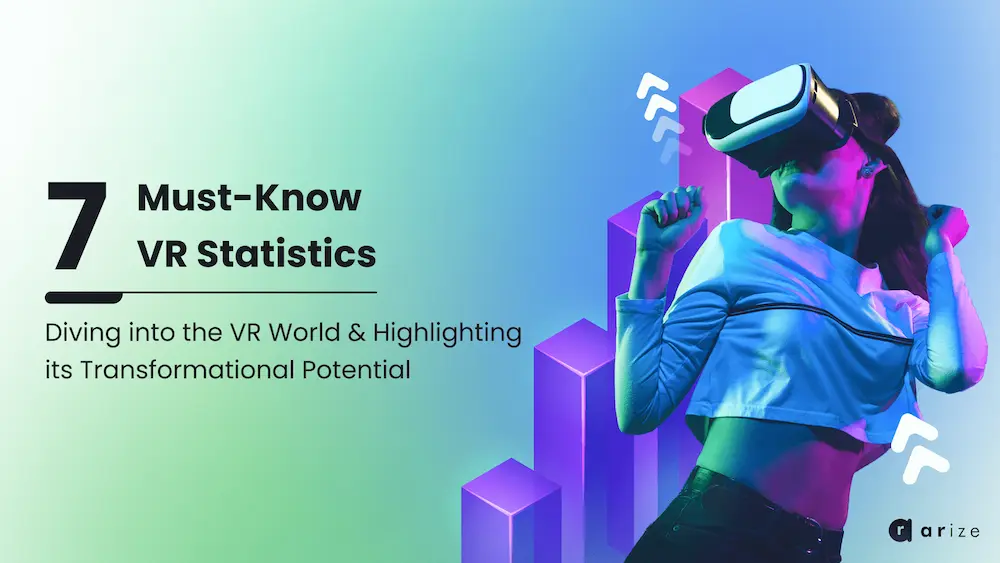Hi again. I am Mohammad, the chief and interactive media officer at ARize Company.
In this video, I want to examine how to animate 3D content in Blender software to export .glb and present it on the ARize platform, and how to group animations so that we can manage them on the ARize platform.
For this purpose, I have prepared a 3D model for making and adjusting the animation in Blender software.
As you can see, this model has several separate parts. However, some parts of the model need to be animated.
First, I’ll create and export the animated model in Blender, and then I’ll show you how to put a list of animations into a GLB file and display them on the ARize platform.
I want to animate the helmet glass. So I select the glass and press the “I” key. I select the “Location, Rotation & Scale” option from the opened floating menu. Then I activate Auto Key. I move the timeline to frame 30, without moving the helmet glass, press the I button to create a new key and select the “Location, Rotation & Scale” option.
Take the timeline to frame 60 and press the R button to activate the rotation tool, then press the X button so that the rotation is only around the X axis. I rotate the glass 45 degrees upwards and click. After going to the side view, activate the Move tool by pressing the G button and moving the glass a little so that it is in the right place.
Ok, I’ll open the perspective view.
Go to frame 60 and press Shift+D and drag that frame to frame 90 to make a copy of frame 60.
Then I make a copy of frame 30 in frame 120 to close the helmet glass. In this animation, the glass stays closed for 30 frames and then opens for 30 frames and stays open for 30 frames and closes again for 30 frames.
To export this model, I disable the Group by NLA Track option in the animation export settings.
As you can see our model has a 120-frame animation that we can export and view on playground.arize.io.
In this section, we have the Animation option, which runs all our animations continuously.
We can have a list of animations here by making settings in Blender and changing each one as desired.
For this, return to Blender. go to the animation menu. Here I am going to add each animation track separately to the list of animations.
First, I will separate the first part of the animation, which was from frame number 0 to 30, and in which the hat glass remains closed.
From this section, I set the settings to Action Editor.
And in this section, I set the settings to Non-Linear Animator. Now I have to set a name for the animation.
Here I write the name Glass Closed. This animation shows the Idle mode of the glass and we need to always have an Idle in the beginning as the first animation.
Then I hit the Push Down button.
As you can see, this Track is added to this list.
To create the next part of the animation, I click on the new button to create a new animation. I call it Glass Opening. I select the glass and press the I button. I select the “Location, Rotation & Scale” option to create a key in frame 0. I go to frame 30 again and rotate the glass with the Rotate tool.
I also use the Move tool to move it a bit so that it is in the right place.
Now I click on the Push Down button.
I do the same for two other animations, Glass Opened and Glass Closing.
Now I create a new export.
We just have to keep in mind that Group by NLA Track must be enabled in the export settings in the animation section.
Then I open my browser and go to the playground.arize.io page. I find the file from the saved address and drag it into the relevant part.
As you can see, the animation list that I made is set on the first animation and by clicking on it, I can have all the animations made as a regular list, which changes by clicking on each animation.
I hope watching this video was useful for you.



